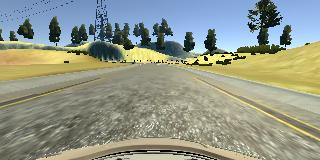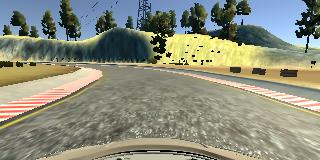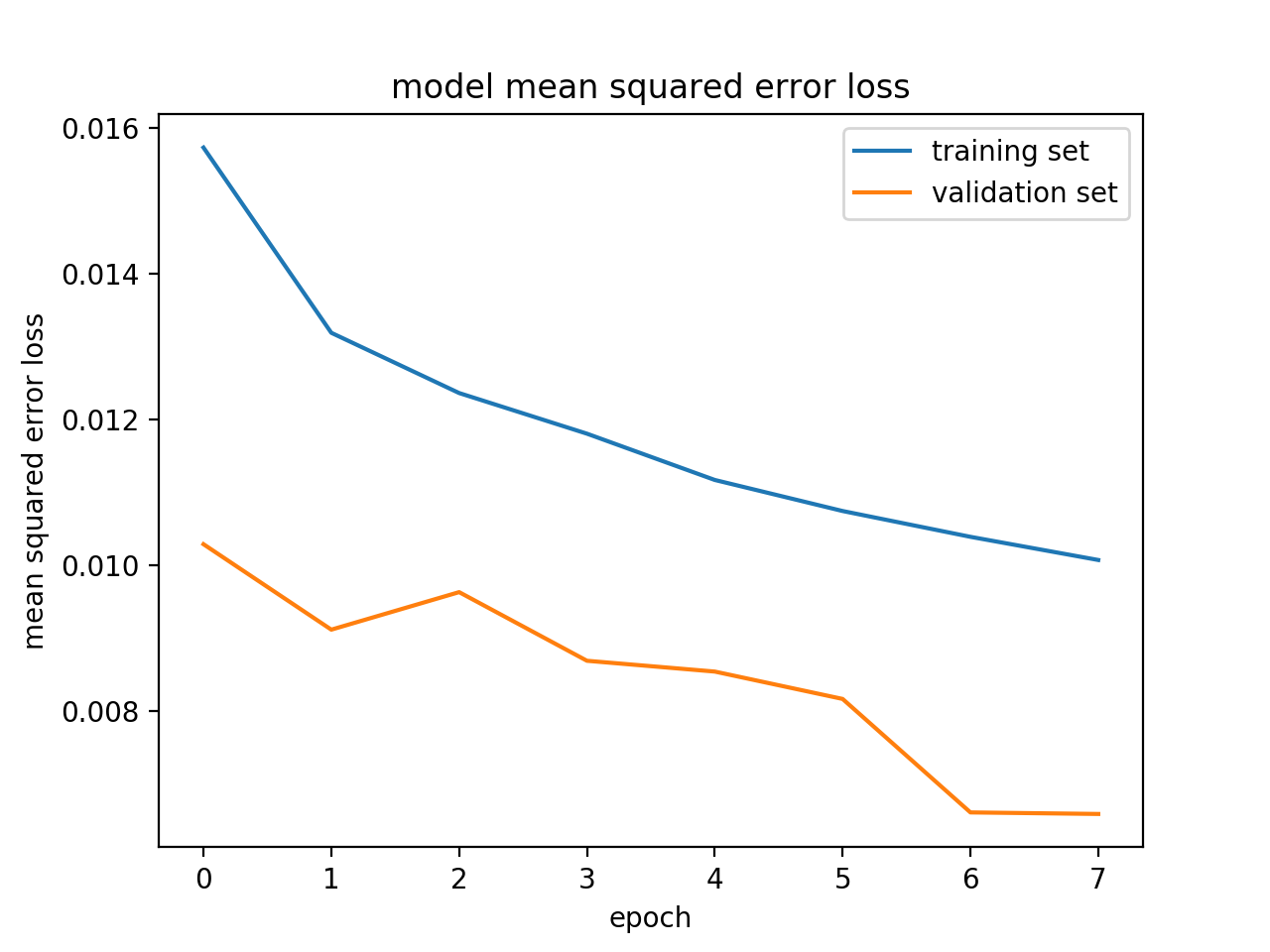Behavioral Cloning Project
The goals / steps of this project are the following:
- Use the simulator to collect data of good driving behavior
- Build, a convolution neural network in Keras that predicts steering angles from images
- Train and validate the model with a training and validation set
- Test that the model successfully drives around track one without leaving the road
- Summarize the results with a written report
Here I will consider the rubric points individually and describe how I addressed each point in my implementation.
My project includes the following files:
- model.py containing the script to create and train the model
- drive.py for driving the car in autonomous mode
- model.h5 containing a trained convolution neural network
- writeup_P3_Li.md summarizing the results
Using the Udacity provided simulator and my drive.py file, the car can be driven autonomously around the track by executing
python3 drive.py model.h5I have increased the speed to 20 mph in drive.py with the successful simulating run shown in video.mp4. It could also handle even higher speed while I did not test.
The model.py file contains the code for training and saving the convolution neural network. The file shows the pipeline I used for training and validating the model, and it contains comments to explain how the code works.
The NVIDIA model is adopted with slightly modification, which consists of a convolution neural network with 5x5 and 3x3 filter sizes and depths between 24 and 64 (model.py lines 88-92)
The model includes RELU layers to introduce nonlinearity (code line 88-96), and the data is normalized in the model using a Keras Lambda layer (code line 87) and cropped using a Keras Cropping2D layer (code line 87)
The model was trained and validated on different data sets to ensure that the model was not overfitting (code line 74-75). The model was tested by running it through the simulator and ensuring that the vehicle could stay on the track.
The model used an adam optimizer, so the learning rate was not tuned manually (model.py line 101).
Training data was chosen to keep the vehicle driving on the road. I used the center lane driving, making use of the left and right camera as well. I also reflected the center camera with inversed steering measurements to augment data.
For details about how I created the training data, see the next section.
The overall strategy for deriving a model architecture was to start from simple networks and if it does not work, try more complicated ones. Augment the data set if needed.
My first step was to use a convolution neural network model similar to the LeNet. I thought this model might be appropriate because my dataset is relatively small. I started from the provided sample dataset with around 20000 images.
However, the model performed ok in the straightaway, but failed in the curves. So, I switch to a deeper model, i.e. NVIDIA model. I also collected some my own data and added it into the original dataset.
In order to gauge how well the model was working, I split my image and steering angle data into a training and validation set. I found that my first model had a low mean squared error on the training set but a high mean squared error on the validation set. This implied that the model was overfitting.
To combat the overfitting, I removed the last but one fully-connected layers from the NVIDIA model and also applied dropout with the probability of 0.9 before the output layer of the new model.
The final step was to run the simulator to see how well the car was driving around track one. There were a few spots where the vehicle fell off the track. To improve the driving behavior in these cases, I collected a little more data in the curves.
At the end of the process, the vehicle is able to drive autonomously around the track without leaving the road.
The final model architecture (model.py lines 84-99) consisted of a convolution neural network with the following layers and layer sizes.
Here is a visualization of the architecture (note: visualizing the architecture is optional according to the project rubric)
To capture good driving behavior, I first recorded two laps for counter-clockwise and clockwise, respectively, on track one using center lane driving. Here is an example image of center lane driving:
I did not recorded the vehicle recovering from the left side and right sides of the road back to center since this is not legal to do for training real self-driving cars as we are taught in class.
To augment the data set, I also flipped images and angles thinking that this would let the network learn symmetrically. For example, here is an image that has then been flipped:
After the collection process, I had 58,128 data points. I then preprocessed this data by normalization and cropping.
I finally randomly shuffled the data set and put 20% of the data into a validation set.
I used this training data for training the model. The validation set helped determine if the model was over or under fitting. The ideal number of epochs was 10 as evidenced by training and validation loss not decreasing. I used an adam optimizer so that manually training the learning rate wasn't necessary.
The figure below visualizes the outputting training and validation loss.




